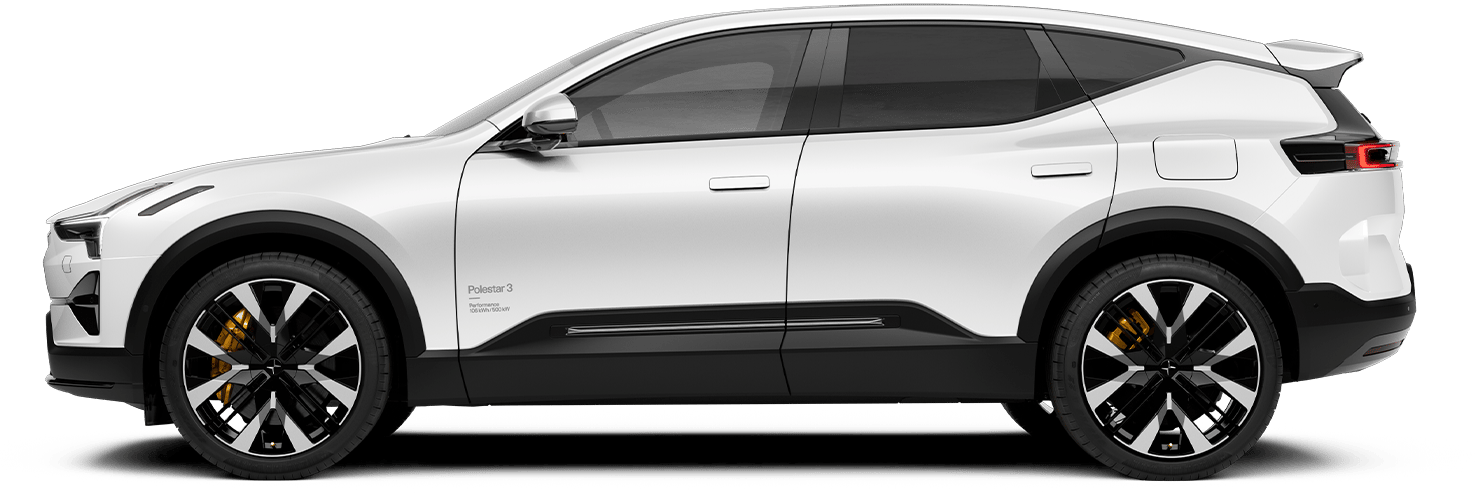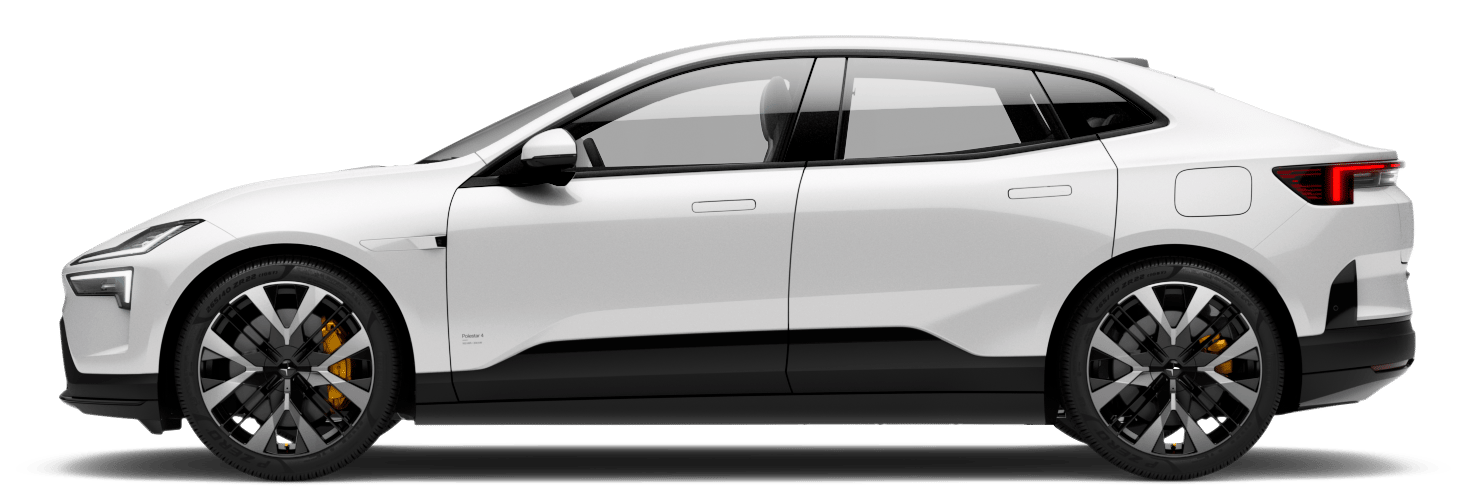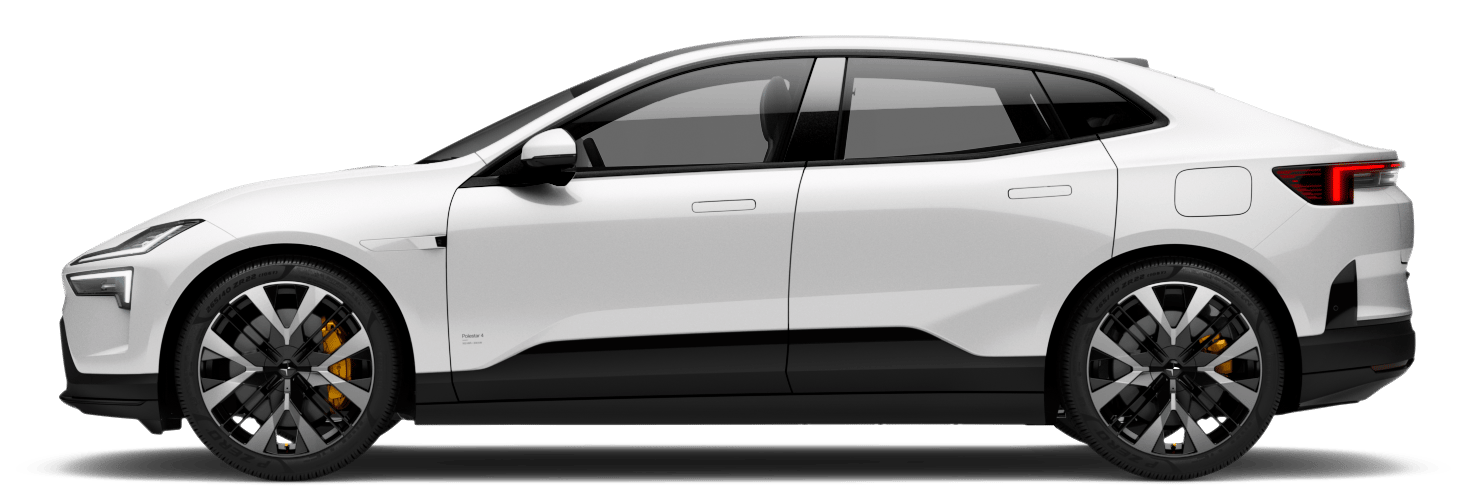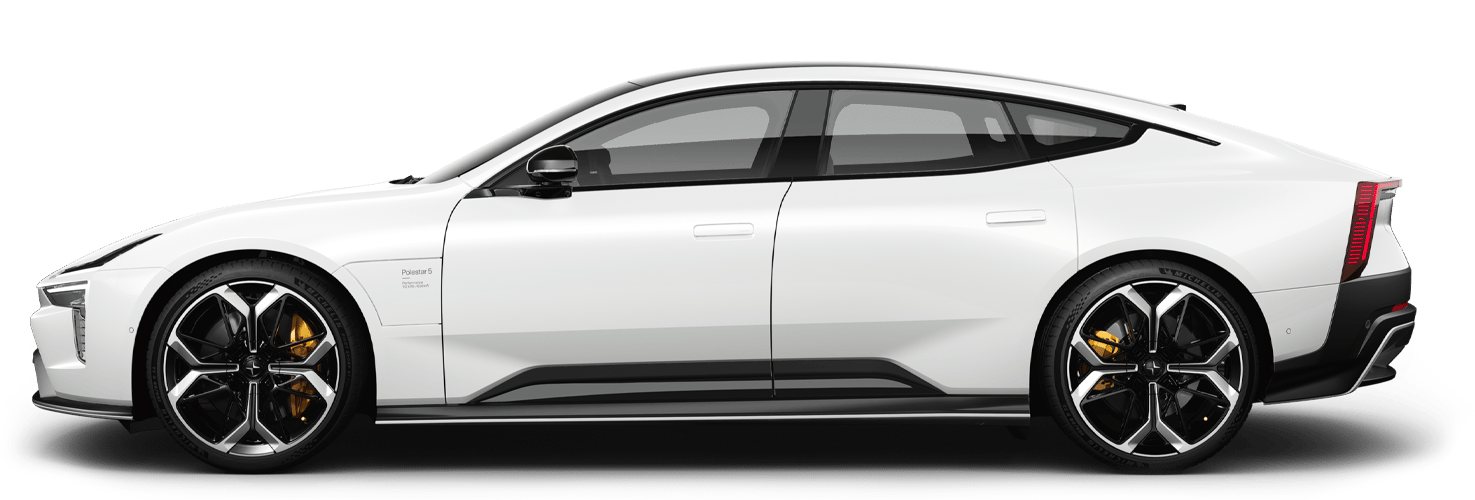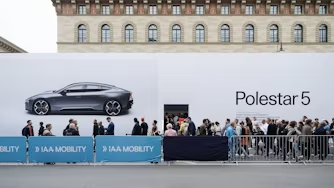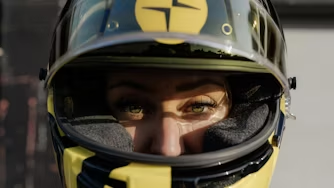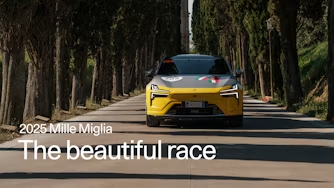CES 2023: ten tech trends making our lives easier
If you want to know what the future of technology looks like, CES is the place to be. As the global stage for innovation, this cross-sector event is a mecca for technological breakthroughs, making it just the place for brands to showcase their new designs and tech.
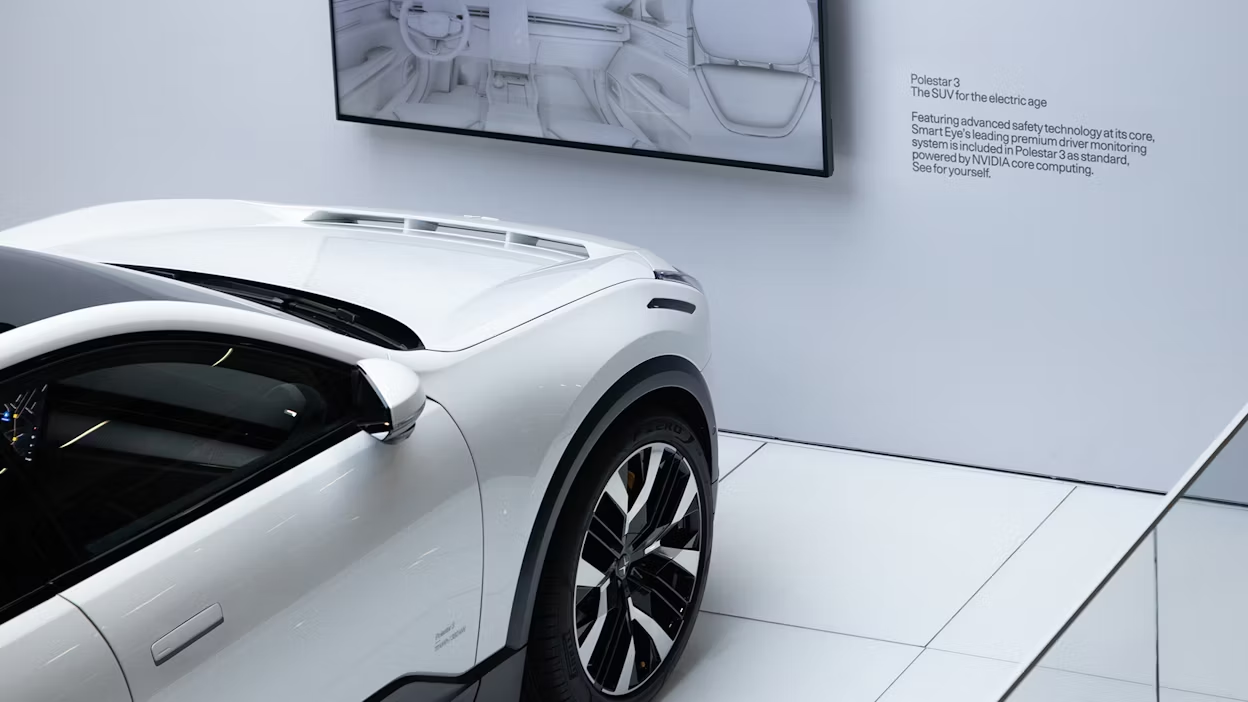
Las Vegas hosts CES every year and this has been a bumper year with more than 115,000 attendees in its many halls, meeting rooms and pop-up displays across the city.
With so much on offer, sifting the good stuff from the less good, the cutting-edge from the fanciful can be a challenge. However, by the end, certain, products, companies and themes stood out and we’ve rounded up some of them here.
Artificial Intelligence
Popular awareness of artificial intelligence (AI) is at an all-time high, but despite this, there’s not always a clear understanding of exactly what it is.
AI was everywhere at CES and in particular examples of how it can enhance our everyday lives - from the Samsung Bespoke AI oven which will warn you before your dinner burns, to the Glüxkind baby stroller that will rock your baby to sleep and use AI to spot obstacles on the pavement.
And CES visitors also had a chance to observe how the AI software in Polestar 3 works. Together with Smart Eye, Polestar demonstrated the driver monitoring system (DMS) for Polestar 3 in operation and the way in which it tracks the driver’s head, eye and eyelid movements. When detecting a distracted, drowsy, or disconnected driver, the DMS can trigger warning messages, sounds and even an emergency stop function.
AI also comes into play when you set sail, with companies offering AI-based navigation assistance, whether that’s to help you find the best place to moor your yacht for optimal sunbathing or autonomous docking technology which will guide you, showing the best trajectory to enter a port and available places to dock.
Automotive innovation
CES 2023 reinforced what most of us already knew: the future of automotive is electric, especially with leading EV manufacturers partnering up with cutting-edge tech brands.
Google announced that it will debut higher-resolution maps, called HD Maps, on the upcoming Polestar 3. This means Polestar will be able to combine its vehicle sensor technology and Google’s precise lane-level and localisation data to facilitate driver assistance features like Pilot Assist, as well as future autonomous driving functionality.
It also showed off the latest Android Auto interface, which means that with the words “Hey Google,” you can change the car’s temperature, control your music, and even turn on your house lights to welcome you as you approach it.
More down to earth is the Ring Car Cam, an affordable front-facing dashcam which is small and light. It only offers HD resolution but its integration with the Ring ecosystem, and its ability to respond to Alexa commands may make it a hit.
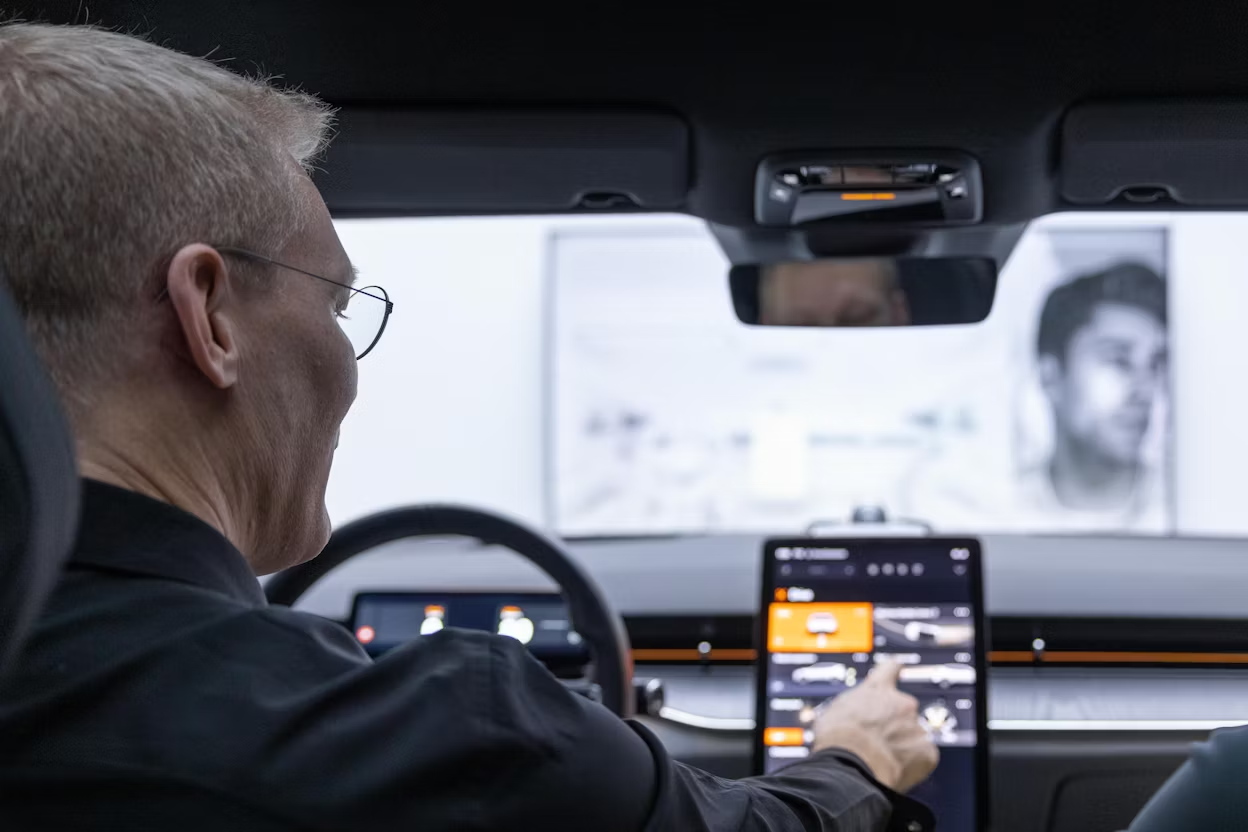
Sustainability
In the quest for a sustainable future, we need to see change. We need to see a willingness to act. To enable this transition, it’s clear that businesses and innovators have a big share of the responsibility. And at CES, some important developments and ingenious solutions were on show for all to see, from energy and power to food and agri tech.
John Deere, for instance, has set out to revolutionise farming with ExactShot. Its sensor-driven robotic technology uses machine learning, GPS and computer vision to minimise fertilizer consumption by as much as 60 per cent. This not only saves farmers money, but it reduces the excess chemicals that are injected into the ground.
And an app called Nuvilab lets you take a photo of your meal and uses AI to analyse the calories and nutrients in front of you. Restaurants can use it to look at plates after customers leave, to see how much food was left. It means the restaurants could serve smaller portions and reduce food waste. Small portions were not yet in evidence anywhere in Las Vegas restaurants, however.
Utilising blockchain technology as a way to help cut carbon emissions was also a recurring topic of discussion. Together with our partner Circulor, Polestar is using blockchain technology to trace risk minerals such as cobalt and mica from material source to finished product, enabling unprecedented supply chain transparency.
Health tracking
Understanding our health and fitness is key and tech is here to help. Anura by Nuralogix uses your smartphone selfie camera to take a 30-second video. It turns this into transdermal optical imaging to study facial blood flow and deduce heart rate, blood pressure, stress levels, risk of stroke and more.
Then there’s the Withings U Scan, designed for the smallest room in the house. A pebble-shaped device that sits in the toilet pan, designed to measure ketone and vitamin levels each time you wet it, sending health metrics to a smartphone app (so you don’t have to get your hands dirty). It cleans itself each time you flush, you’ll be glad to know.
When you gather the world’s sharpest innovators in one space, you will get a glimpse of what the future of cutting-edge technology looks like. And that’s what CES is all about. Which is exactly why we were there.

